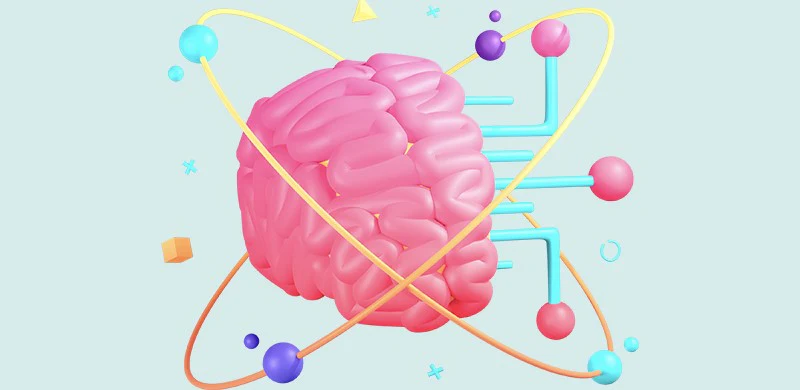Nowadays, the concept of brain plasticity is gaining more and more attention in the fields of cognitive psychology and neuroscience. Brain plasticity is defined as the variability and adaptability of brain cells and neural circuits. In other words, brain plasticity refers to how brain tissue, functions and connections can change with our experiences, learning processes and environmental interactions. However, a more detailed look is needed to fully understand the role of brain plasticity in the learning process.
One of the most distinctive features of brain plasticity is that it is a lifelong process. That is, brain plasticity is not only present in childhood, but also in adulthood. This means that adults can also learn new skills, change habits and develop their brains with new knowledge.
The learning process is one of the main actors of brain plasticity. As we learn new information, brain cells and neural circuits form new connections to process and store this information. For example, when you want to learn to play a musical instrument, brain plasticity supports this process. After each practice, your brain strengthens the neural circuits related to music and makes them more effective. This is one of the key mechanisms for acquiring new skills and retaining knowledge.
The role of brain plasticity in the learning process is not limited to the processing of new information. It is also involved in changing habits and forgetting old information. For example, when you decide to quit smoking, brain plasticity weakens the neural circuits associated with nicotine addiction and promotes the formation of new, healthy habits.
Brain plasticity enables flexibility and adaptability in the learning process. This enables individuals to adapt to different learning styles and environmental conditions. For example, some people process information better through visual learning, while others benefit more from auditory or kinesthetic learning methods. Brain plasticity enables the restructuring of brain circuits and connections to adapt to these different learning styles.
Brain plasticity also addresses difficulties during learning. Understanding a new concept or acquiring a new skill can sometimes be challenging. However, brain plasticity enables the reorganization of brain cells and neural circuits to cope with these challenges. This process underpins resilience and endurance in the learning process.
The relationship between brain plasticity and learning is of great interest in the fields of cognitive psychology and neuroscience. Brain plasticity is a lifelong process that provides flexibility, adaptability and resilience in the learning process. From processing new information to changing habits, brain plasticity plays an important role at every stage of the learning process.
Auto Train Brain harnesses the power of brain plasticity!
Auto Train Brain allows brain cells and synaptic connections to strengthen and reorganize. Users can experience an increase in cognitive functioning and improve in important areas such as memory, attention and problem-solving skills.
You can write to us with all your questions; you can contact us via our Auto Train Brain contact page, social media accounts, phone and e-mail.
📩 info@autotrainbrain.com
With our love,
Auto Train Brain


